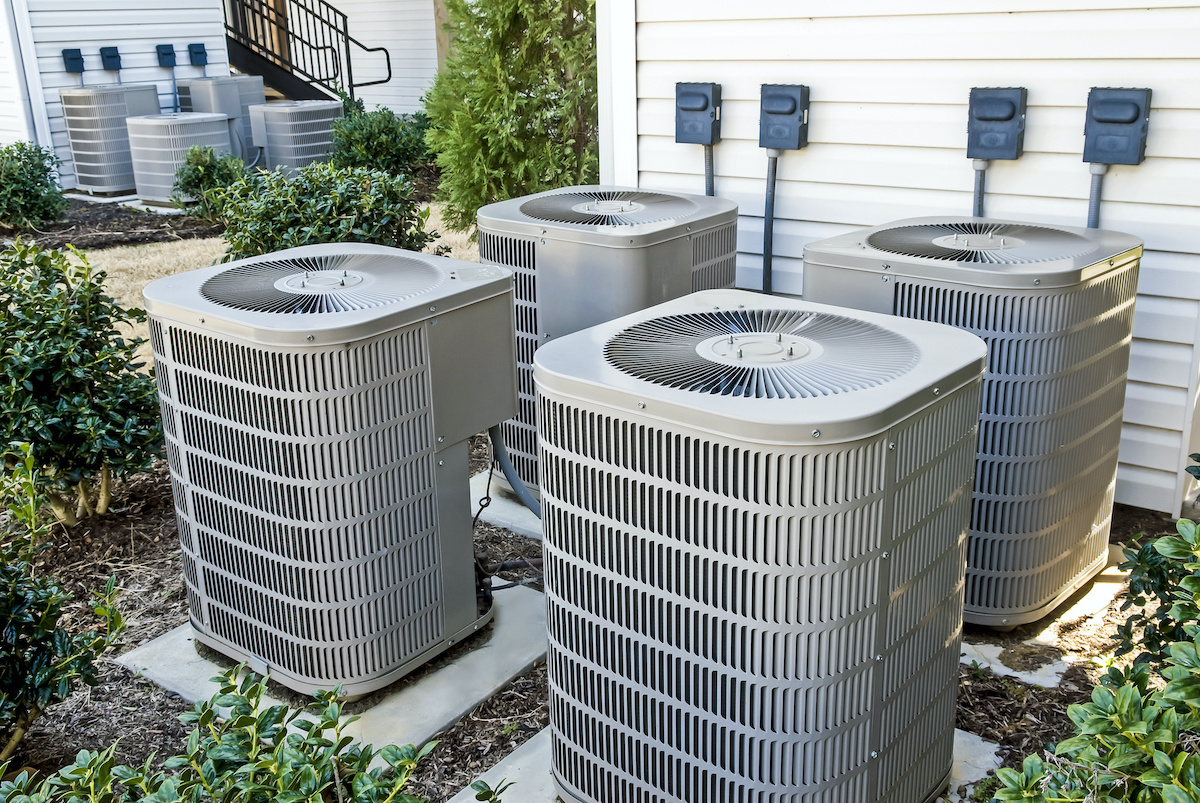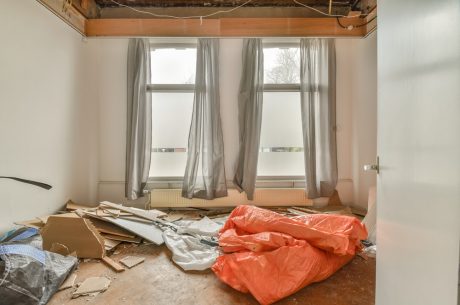Table of Contents
After a flood, carpets can become soaked in water, which can lead to a range of problems. This includes mold formation that can create a health hazard and release a musty smell in your home or business. In some cases, carpets can be saved if they are promptly and properly dried out. This article explains whether flooded carpet cleaning is possible after a major water damage event.
Experiencing a flood in your home can be devastating, and one of the major concerns is whether your carpet and pad can be salvaged.
The answer depends on several factors, including the extent of the flooding, the type of water involved, and how quickly you can address the situation. In this blog post, we’ll explore these factors in detail and provide you with actionable steps to determine if your carpet and pad can be saved.
Many home and property owners may wonder if their carpet and pad can be saved. Carpeting can be an expensive investment, whether it’s in your basement or office. Keeping it is more cost-effective than replacing it, but successful flooded carpet cleaning depends on many things.
The age and quality of the carpet and pad and installation type are key factors. But knowing the kind of floodwater involved is essential to understanding if water-damaged carpet cleaning is possible. In the water damage restoration industry, we classify floodwater into three main categories.
The Three Main Types of Floodwater
Category 1: Clean water from a broken pipe or rainwater that has not mixed with contaminants. Saving a carpet damaged by Category 1 water is possible if the carpet has been wet for less than 24-48 hours. Otherwise, the water may “degrade” into Category 2. Professionals can restore both padding and carpet through proper sanitation and remediation procedures.
Category 2: Greywater is contaminated and can cause sickness if swallowed or if it touches the body. This includes overflow from washing machines or dishwashers, toilet overflows with no solid matter, broken aquariums, sump pump failures, etc. The padding needs to be replaced with this type of loss, but the carpet can be salvaged. Not treating a Category 2 loss within 24-48 hours will turn into a Category 3.
Category 3: Blackwater that’s highly contaminated with pathogens or other harmful agents and materials. Examples include sewage, toilet backflows, flooding from seawater, rivers, streams, and water from hurricanes, storms, or other weather-related events. Cleaning your flooded carpet is nearly impossible if Category 3 water saturated it.
Every water damage situation is different. So, you cannot know for sure if or when your carpet and pad can be salvaged until you have a professional restoration company inspect the carpeting.
Also, the faster you report the disaster, the lower the costs will be. If you’re dealing with a flooded carpet cleaning problem, contact PuroClean of Lansdale for Your Carpet Cleaning right away.
Assessing the Damage to Carpet
1. Time Since Flooding:
- The sooner you address water damage, the better your chances of salvaging your carpet and pad. Ideally, you should start the drying process within 24-48 hours to prevent mold growth.
2. Extent of the Flooding:
- If only a small area of the carpet is affected and the water is clean, you have a higher chance of saving it. Extensive flooding or prolonged exposure increases the risk of irreversible damage.
Steps to Salvage Your Carpet and Pad
1. Safety First:
- Ensure the power is turned off to avoid electrical hazards before you start the cleanup process.
2. Remove Excess Water:
- Use a wet/dry vacuum to remove as much water as possible from the carpet. This step is crucial in preventing mold growth.
3. Lift the Carpet:
- Carefully lift the carpet to prevent further damage. This will allow the padding and floor underneath to dry out.
4. Dry the Padding:
- If the padding is not heavily soaked and the water is clean, use fans and dehumidifiers to dry it out. However, in most cases, it’s advisable to replace the padding due to the difficulty in thoroughly drying it.
5. Clean and Disinfect:
- Clean the carpet with a professional-grade carpet cleaner. Disinfect the carpet and the floor underneath with a solution designed to kill bacteria and prevent mold.
6. Dry Thoroughly:
- Use industrial fans and dehumidifiers to dry the carpet completely. This process can take several days, depending on the extent of the damage.
Flooded Carpet Cleaning: DIY or Call a Pro?
While extracting the water yourself has some benefits, professional carpet cleaning is a much better solution. A shop vacuum, towels, and ceiling fans are no match for professional extraction and drying equipment. Plus, an expert can evaluate the entire water damage incident and mitigate and remediate the whole loss, not just the carpet.
Also, the mitigation process should begin without delay. Otherwise, the carpet can suffer permanent damage. To have a better chance of saving the carpet, contact a professional restoration company at once after the water damage incident. They have the tools and expertise to sanitize and dry the flooded carpet efficiently.
Except for cases of blackwater flooding, professional carpet cleaning can bring carpets back to life. The goal is not to replace but to restore. A professional can help you save money by avoiding the high replacement costs.
After any flooding incident, always call your insurance company. Your homeowner’s insurance might cover the flood damage, but some flooding losses are not covered. For those, you might need separate flood insurance. If the loss has coverage, take photos and videos of the damage right away and file the insurance claim. Your insurance agent may also recommend a reputable restoration company to come to your rescue.
Call the PuroClean Pros for Carpet Cleaning Services
For any of your flooded carpet cleaning needs, call the PuroClean of Lansdale professionals. Our restoration teams will provide an industry-standard estimate and create a proper plan of action to restore your carpet quickly.




 PuroClean of Lansdale
PuroClean of Lansdale